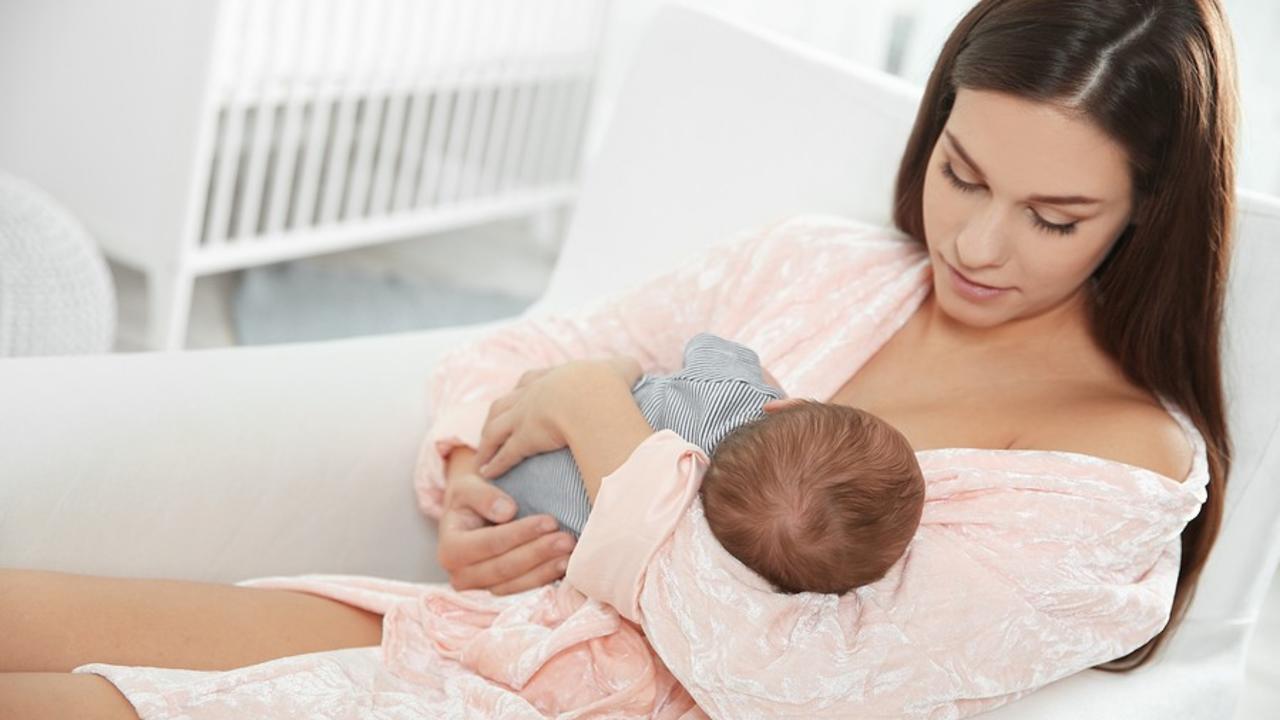Parenting with Boundaries

We often talk to parents about how to put the baby on a consistent routine. I get asked how is this possible with a baby that is only 8 weeks old or younger? How can they connect sleep cycles at this age? Science says that they can’t connect sleep cycles but what they can do is follow a consistent routine so why do I ask about boundaries?
Baby Steph was fed when she cried, mom would try to calm her down but when she wouldn’t she fed her, and the baby would calm down. This didn’t allow for any routine. The question to ask yourself is this, does baby Steph need to eat every time she cries or does she need a nap?
The answer is a nap. If baby Steph was on a routine mom wouldn’t second guess if she was hungry. Here is the problem, baby Steph was probably hungry. Why? Because at 11 Ibs she’s eating every hour to two hours and only eating 1-2 oz. A baby that size if you calculate 2.5 times her weight 11, she needs 110-150 ML every feed that is 4-5 oz per thecalculator.co.
How do we help mom and baby Steph? First, we need to adjust the daytime routine. My goal would be to wake at the same time each morning this will help you establish a routine. My suggestion is 8 am-8 pm since baby Steph is used to a later bedtime. The routine would look like this:
7:45-8 am Wake up and feed
8:30-9:30 Playtime (vital to sleep)
9:30-11:00 am Nap in crib/cot swaddled, sound machine on.
11:00 am Wake and feed
11:30-12:30 pm Playtime (vital to sleep)
12:30-2:00 pm Nap in crib/cot swaddled, sound machine on.
2:00 pm Wake and feed
2:30-3:30 pm Playtime (vital to sleep)
3:30-5:00 pm Nap in crib/cot swaddled, sound machine on.
5:00 pm Wake and feed
5:30-6:15 pm Playtime (vital to sleep)
6:15-6:40 Catnap can babywear or in arms.
6:40-7:15 pm Playtime (vital to sleep)
7:15- bath, massage, feed, swaddle, sound machine on, and in bed by 8:00 pm.
You can adjust early by 15 minutes or later by 15 minutes. Make sure to watch baby-tired signs. This routine works for babies 8 weeks and older.
What are baby-tired signs? Per the CDC website here are the signs:
Your child may be hungry if he or she:
Puts hands to mouth.
Turns head towards mom’s breast or bottle.
Puckers, smacks, or licks lips.
Has clenched hands.
A mother raising her infant towards her and kissing her. The infant has a soft, tranquil face.
Your child may be full if he or she:
Closes mouth.
Turns head away from mom’s breast or bottle.
Relaxes hands.
To learn more about how to tell if your baby is hungry or full, watch Is Your Baby Hungry or Full? Responsive Feeding Explained from the American Academy of Pediatrics.
Boundaries start at home not when your child is 6 years old. Babies need structure and to feel secure. One way to do this is for parents to have some me-time. What I mean is parents need to be as secure in their relationship. Time for each other helps everyone in the family. Yes, I’m talking being in a physical relationship with each other by having a set bedtime routine this allows parents to have a little (wine) wind-down time before they go to bed and baby wakes up for her feeding.
So, remember we all benefit from the baby being on a routine and of course this allows for less stress for everyone!

